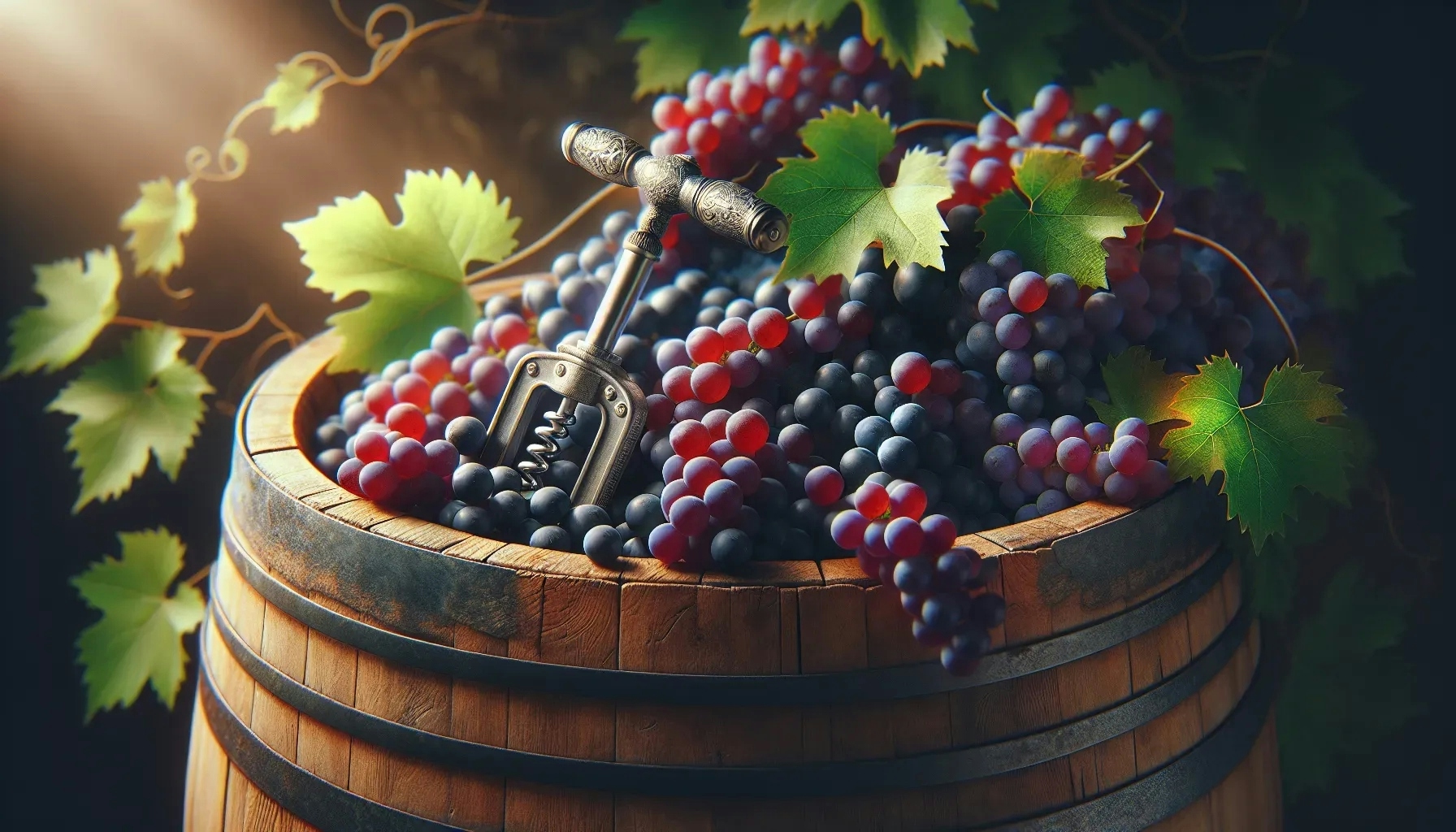Welcome to a deep dive into the world of wine, where we will explore the differences between two popular reds: Merlot and Cabernet. Both wines have their unique characteristics, flavors, and histories. Yet, they are often confused due to their shared origin from the Bordeaux region of France. This blog post aims to clarify these differences and help you make an informed choice the next time you're selecting a bottle.
The Roots: Origin and History
Merlot and Cabernet Sauvignon, two of the most popular red wines, both hail from the Bordeaux region of France. However, their histories diverge significantly. Merlot, named after the French word for blackbird, 'merle,' due to its dark color, has been a staple in French vineyards since the early 1700s.
On the other hand, Cabernet Sauvignon is a relatively new variety. It originated in the 17th century as a cross between Cabernet Franc and Sauvignon Blanc. Despite its late arrival, Cabernet Sauvignon quickly gained popularity and is now one of the most widely planted grape varieties worldwide.
The Vines: Growth and Harvest
The growth and harvest patterns of Merlot and Cabernet vines also differ. Merlot grapes ripen earlier than Cabernet Sauvignon, leading to a softer, fruitier wine. This early ripening makes Merlot a versatile grape that can grow in various climates, although it thrives best in clay soil.
In contrast, Cabernet Sauvignon has a longer growing season, which contributes to its robust, full-bodied flavor. It prefers a warmer climate and well-drained soil, making regions like California's Napa Valley ideal for its cultivation.
The Taste: Flavor Profiles
When it comes to flavor, Merlot and Cabernet offer distinct experiences. Merlot is often described as soft and velvety, with flavors of plum, black cherry, and hints of chocolate. It's less tannic than Cabernet, making it smoother and easier to drink.
Cabernet Sauvignon, however, is known for its bold, full-bodied flavor. It has high tannin levels, which give it a more complex taste and potential for aging. Flavors in a Cabernet can range from blackcurrant and blackberry to eucalyptus, mint, and even tobacco, depending on where it's grown.
The Pairing: Food Combinations
Food pairing is another area where Merlot and Cabernet diverge. Merlot, with its soft, fruit-forward flavor, pairs well with a variety of foods. It goes particularly well with poultry, red meat, and dishes with a rich, creamy sauce.
Cabernet Sauvignon, with its bold flavors and high tannin content, pairs best with red meat. The fat in the meat helps to soften the wine's tannins, enhancing its flavors. It's the perfect accompaniment to a juicy steak or a rich, hearty stew.
The Aging: Cellar Potential
The aging potential of Merlot and Cabernet also varies. Merlot, due to its lower tannin levels, is typically enjoyed young. However, some high-quality Merlots can age beautifully for a decade or more.
Cabernet Sauvignon, on the other hand, is known for its aging potential. Its high tannin content acts as a preservative, allowing the wine to develop complex flavors over time. A well-made Cabernet can age for several decades, making it a favorite among collectors.
The Popularity: Market Trends
In terms of popularity, both Merlot and Cabernet have had their moments in the spotlight. Merlot experienced a surge in the 1990s, particularly in the United States, where it was praised for its approachable, easy-drinking style. However, its popularity waned in the early 2000s, partly due to the movie "Sideways," which portrayed the variety in a less than flattering light.
Cabernet Sauvignon, meanwhile, has consistently held its place as one of the world's most popular wines. It's appreciated for its depth, complexity, and aging potential, and it continues to command high prices in the market.
The Verdict: Merlot or Cabernet?
In the end, the choice between Merlot and Cabernet comes down to personal preference. If you prefer a softer, fruitier wine that's easy to drink, Merlot may be your best bet. If you're after a bold, complex wine with aging potential, you might want to opt for Cabernet Sauvignon. Either way, both wines offer a unique taste of the rich history and diversity of the wine world.

